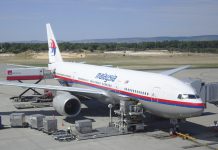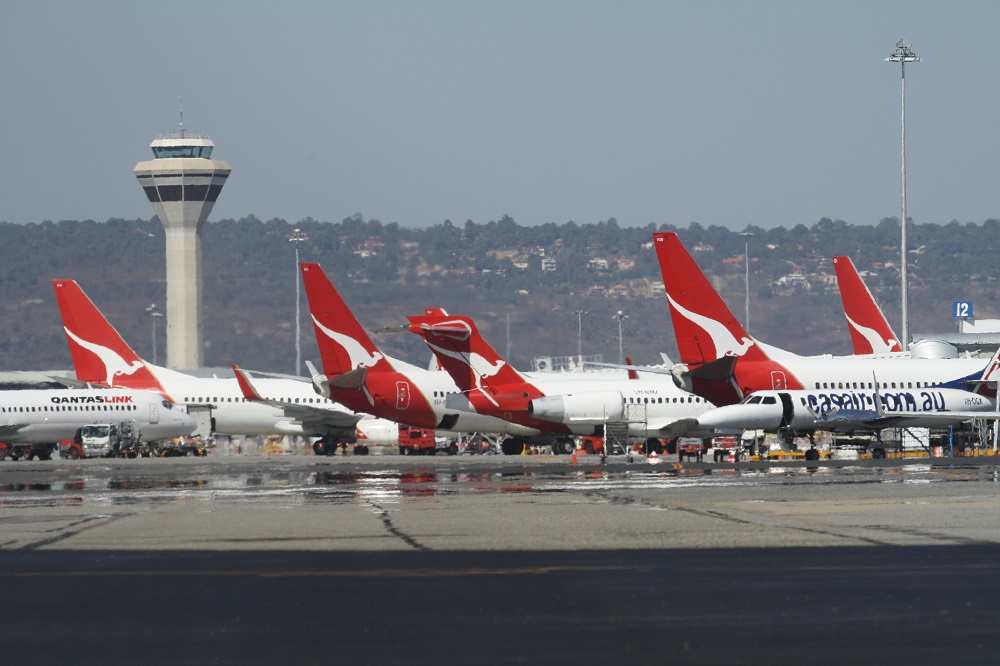Australian domestic airline growth remained relatively flat in May amid growing doubts about the national economy and uncertainty over the federal election.
The number of passengers on regular public transport flights grew by just 0.4 percent, to 4.88 million, and year-to-date figures were similarly lack-luster.
Capacity growth was weak but still managed to outstrip a 0.2 percent growth in traffic as measured in revenue passenger kilometres.
As a result, the load factor fell from 78.2 percent in May to 77.4 percent, according to figures from the Bureau of Infrastructure Transport and Regional Economics released Monday.
The languid growth comes after July airfare figures showed business class tickets fell 11 percent compared to July 2018 to the lowest level in more than five years.
Restricted economy fares rose compared to July 2018 while best discount fares were down by almost 2.6 percent.
READ: Virgin frequent flyer stake up for sale.
Analysts have attributed the low premium fares to the impact on travel of a lack of business confidence.
The May domestic traffic figures show there was some growth in passengers on the nation’s busiest trunk route, Sydney-Melbourne, but numbers fell on Brisbane-Sydney and Brisbane-Melbourne.
Traffic between Canberra and Sydney fell 8.9 percent, largely due to the election on May 18.
Other routes to see notable falls included Brisbane – Darwin (down 10.3 percent), Darwin – Perth (down 9.4 percent) and Alice Springs – Darwin (down 8.7 percent).
Those to see big increases included Newman – Perth (up 10.6 percent), Sydney – Townsville (up 9.7 percent) and Armidale – Sydney (up 9.6 percent).
There was a 3 percent increase in aircraft trips in May, to 58.400, and one sector that did see solid growth was fixed-wing charter.
Charter operators carried 239, 300 passengers in May 2019, an increase of 5.9 percent compared to May 2018.
Perth Airport accounted for 39 percent of all charter passengers in Australia.
Cargo was also soft, with movements falling 0.6 percent compared to may 2018 to 41,100 tonnes.
























